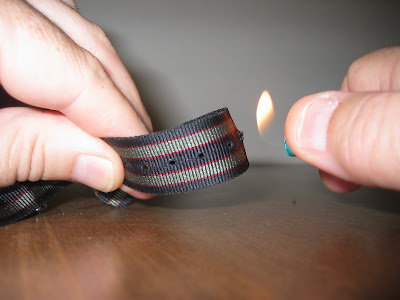Idlewild is located a few miles east of Baldwin, Michigan in Lake County. Today, Lake County has the highest unemployment rate in Michigan. It is about 200 miles north of the southern border or Michigan, and is pretty remote. However, in the 1920's it was just a day's train ride from Chicago to the station in Baldwin.

The development was started in 1912, when several white investors bought up a 2,700 acre wooded tract and subdivided it into thousands of tiny house lots (100ft x 25 ft. selling for $35) on a grid of dirt roads, including a relatively small number of premium lake-front lots. The idea was to sell the lots to "land hungry blacks." Their plan was wildly successful. By 1927 16,895 lots had been sold to over 6,000 black Americans from around the country, mostly from Chicago and Detroit, but also as far away as Hawaii. There soon was a common swimming area, 15 motels and several large nightclubs, including one on the lake.

The visitors and owners are a who's who of African American history. W.E.B. DuBois, founder of the NAACP was a frequent visitor, as well as the first successful heart surgeon, Dr. Daniel Hale Williams. Jazz greats Duke Ellington, Louie Armstrong (see photo to right)and Dizzy Gillespie vacationed and owned property at Idlewild. The legendary boxer Joe Louis owned one of the nightclubs. vacationed regularly and owned a nightclub in Idlewild.
Nightlife was especially lively and became world famous, even attracting white vacationers from Traverse City, 60 miles away. According to a recent article:
Blues greats B.B. King, T-Bone Walker, Alberta Adams and Etta James were all regulars. An equally impressive line-up of jazz greats performed at Idlewild: Ellington, Armstrong, Gillespie, Cab Calloway, Lionel Hampton, Betty Carter, Sarah Vaughan and Dinah Washington. There were others like Sammy Davis Jr. who made some of his first performances on the Idlewild stages, as did Bill Cosby,
 Jackie Wilson and Stevie Wonder. Actress and singer Della Reese started her career in Idlewild as did Motown legends the Four Tops who formed there. Other musical giants were regulars; Aretha Franklin, The Spinners, and The Temptations all played the clubs and vacationed at Idlewild.
Jackie Wilson and Stevie Wonder. Actress and singer Della Reese started her career in Idlewild as did Motown legends the Four Tops who formed there. Other musical giants were regulars; Aretha Franklin, The Spinners, and The Temptations all played the clubs and vacationed at Idlewild.
 By the 1950's there were hundreds of cottages (called "dog houses" because of their tiny size), six restaurants and no less than nine nightclubs. But with integration and an aging population of original owners, the community began to decline in the 1960's. By the 1970's, African-Americans could largely go to the same resorts as whites. Cottages began to deteriorate and were abandoned.
By the 1950's there were hundreds of cottages (called "dog houses" because of their tiny size), six restaurants and no less than nine nightclubs. But with integration and an aging population of original owners, the community began to decline in the 1960's. By the 1970's, African-Americans could largely go to the same resorts as whites. Cottages began to deteriorate and were abandoned.

A large fire destroyed the nightclub on the lakefront, now replaced with a pleasant public park and swimming beach. Only one building that formerly house a nightclub is left, boarded up. The last restaurant, the Red Rooster, folded two years ago. All that is left is a couple convenience stores and a hodge-podge of

still smartly maintained cottages, interspersed with ruins. The dirt roads leading to the less desirable wooded house lots are overgrown with only a few of the tiny houses left. Still, many descendants of the original owners continue to vacation here, and there is a very active owners association that gets together regularly for socializing and no doubt remembering the many enjoyable vacations spent there over the years. The lake itself is a beautiful as ever.

Our dive was begun from off the swimming beach. The water was very warm as it was early August. The sand near the shore gives way quickly to a weedy bottom, and visibility was poor in the green murky water. The lake's heavy use no doubt has accelerated the growth of algae and other nitrogen-loving plants. After an hour or so of hunting at the bottom, about 25 feet deep, we found a few old beer bottles and a rusty ice spud from an ice fisherman. The lack of visibility definitely interfered with the relic-hunting on the bottom.

Overall, it was a fun dive in a very pretty lake, surrounded with a great deal of largely forgotten history.

For more information about the history of Idlewild, see:
An excellent article from the Northern Express Newspaper
Black Eden: The Idlewild Community by Lewis Walker and Benjamin Wilson.

















